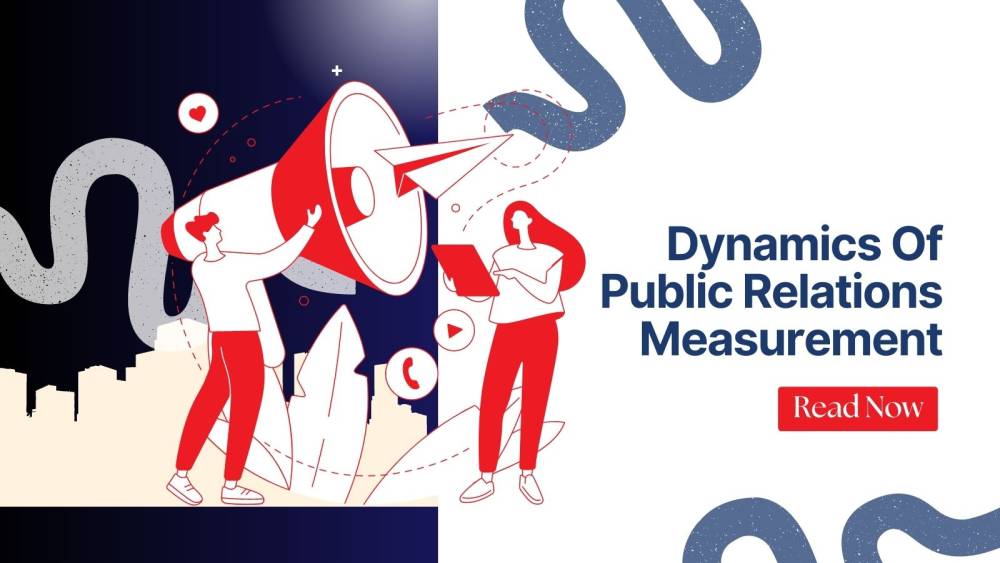Understanding PR Measurement: Tracking and Evaluating Effectiveness Of Public Relations Campaigns And Activities

In public relations, measuring the impact and effectiveness of communication efforts is crucial for organizations. To gain a comprehensive understanding, professionals often employ various metrics and tools. Among these, Advertising Value Equivalency (AVE), PR Value and PR Index stand out as prominent indicators.
Reelanalytics and the Center for Public Relations explored the differences between PR Value and PR Index and highlight the significance of combining communication and research to obtain a holistic view of PR impact.
Understanding Advertising Value Equivalency
Advertising value equivalency is an estimate of the amount of revenue attributed to a media article. The general methodology for reaching an AVE is:
This is how AVE is reached:
AVE= Rate card value* Media exposure (column size or media slot in seconds)
Understanding PR Value
PR Value is a function of the Advertising Value Equivalency. However, PR has a stronger memorability in comparison to advertising. When quantifying the value of PR, organisations are guided by numerical metrics available to measure the efficacy of a campaign.
PR Value refers to the calculated monetary worth of media coverage achieved through PR efforts. It assigns a value to the coverage based on factors such as the audience reached, ad equivalency, and the prominence of the placement. PR Value allows organizations to quantify the impact of their PR campaigns in monetary terms, providing an assessment of the return on investment.
Understanding PR Index
On the other hand, PR Index is a one-number score that assesses the overall performance of a PR program. It takes into account various qualitative and quantitative factors, including media sentiment, message prominence, and impressions, excluding vanity metrics such as AVE.
The PR Index provides a numerical representation of the effectiveness and success of PR initiatives, taking into consideration multiple dimensions of communication efforts.
These are good indicators of the approximate success of a campaign. The true measure of a successful campaign is the behavioural impact of the target audience. It’s difficult to measure and put numbers to this, but there are ways that Reelanalytics can demonstrate the value of the work that we do.
Combining communication and market research is essential for a more comprehensive understanding of PR impact. Communication research focuses on assessing media coverage, message delivery, and audience perception. Research, on the other hand, examines the overall strategy, objectives, and outcomes of PR programs.
By integrating both approaches, organizations can gain a deeper understanding of the entire PR ecosystem. This holistic approach allows organizations to identify strengths, weaknesses, and opportunities for improvement, leading to informed decision-making and better allocation of resources.